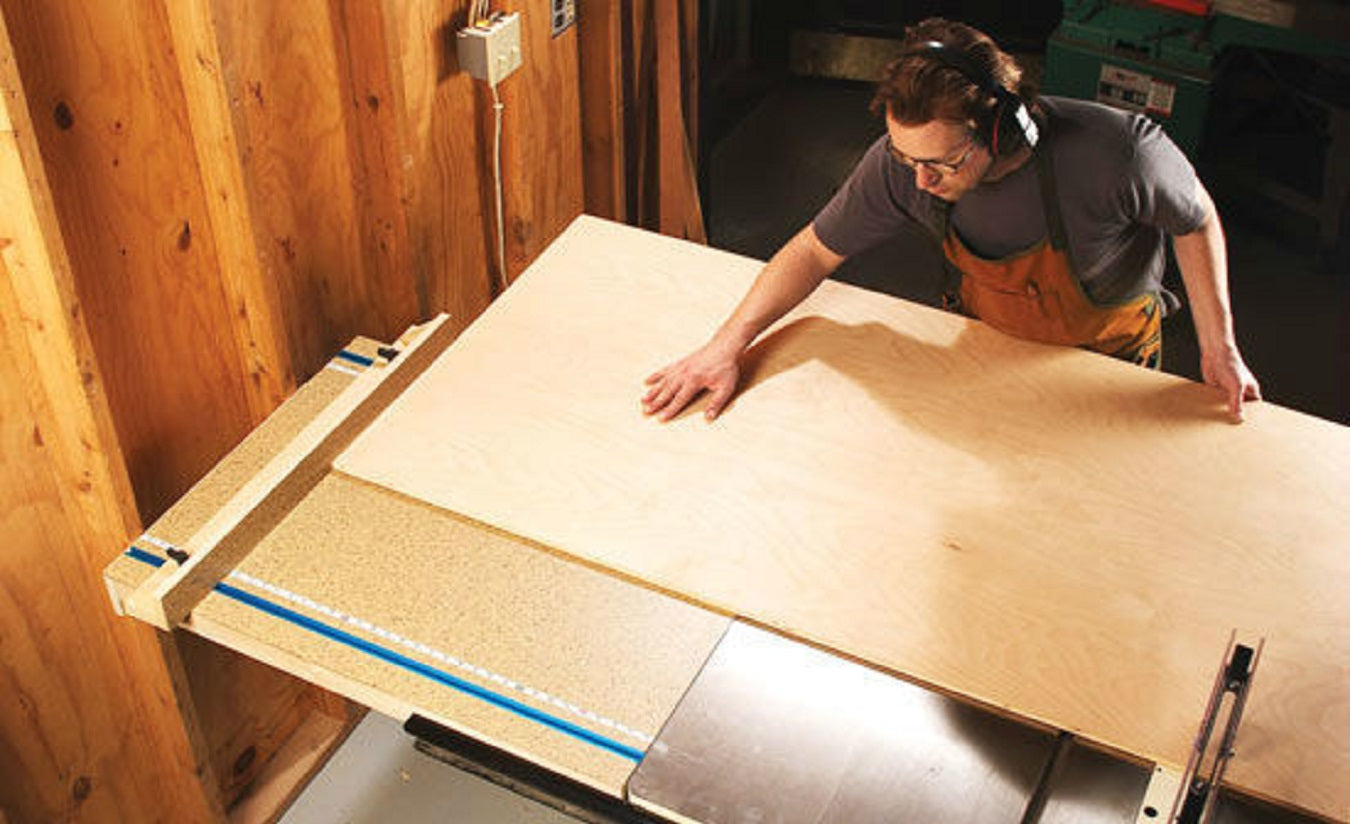Rip capacity is the width of a cut that can be made with a table saw. The size of the blade determines the maximum rip capacity. For example, if you have a 10-inch blade on your saw, the maximum rip capacity would be 10 inches.
Rip capacity is the maximum width of a piece of material that can be cut on a table saw. The rip capacity of a table saw is determined by the size of the blade and the distance between the blade and the fence.
How to Get MORE Capacity of Your Table Saw / Woodworking
Table Saw 48 Rip Capacity
Table saws are one of the most versatile tools in a woodworker’s arsenal, and the 48″ rip capacity on this model gives you a lot of flexibility when it comes to what projects you can tackle. This saw can handle anything from long boards to plywood, and with the right blade installed, it can even cut through metal.
The first thing you need to know about choosing a blade for your table saw is that there are two main types: rip blades and crosscut blades.
Rip blades have more teeth and are designed for cutting along the grain of the wood, while crosscut blades have fewer teeth and are better suited for cutting across the grain. You’ll also want to make sure that the blade you choose is compatible with the size of your table saw – a 10″ blade won’t work on a 48″ table saw.
Once you’ve got your blade situation sorted out, it’s time to start thinking about accessories.
A good fence is essential for making precise cuts, and you might also want to invest in a miter gauge so you can make angle cuts without having to do any math in your head. And if you really want to get serious about woodworking, a dado stack is a great way to expand the capabilities of your table saw even further.
With all that said, there’s no reason why you couldn’t use this table saw for basic ripping and crosscutting tasks right out of the box.
It’s a great tool that will serve you well for many years to come.

Credit: landmarktools.com
What is Rip on a Table Saw?
If you’re a woodworker, then you know that rip cuts are essential for breaking down boards into smaller, more manageable pieces. But what is a rip cut exactly?
In short, a rip cut is a type of cut made with a table saw (or other similar tool) in which the board is fed through the blade parallel to the grain of the wood.
This results in a clean, straight cut that’s perfect for breaking down larger boards into smaller pieces.
There are two main types of rip cuts: crosscuts and miters. Crosscuts are made across the grain of the wood, while miters are made along it.
Both have their own unique benefits and drawbacks, so it’s important to choose the right one for your specific project.
Crosscuts are generally faster and easier to make than miters, but they can create more tear-out (or chips) on the back side of the board. Miters, on the other hand, take longer to execute but result in cleaner cuts with less tear-out.
No matter which type of rip cut you need to make, the process is relatively simple: just set up your table saw according to its specific instructions and then feed your board through at a steady pace. With practice, you’ll be able to make precise, clean cuts every time!
What Does Rip Mean When Cutting Wood?
Rip means to cut wood along the grain. The grain of the wood is the direction of the fibers that make up the wood. When you rip, you are cutting these fibers in half, making the board narrower.
How Do I Increase the Rip Capacity of My Table Saw?
There are a few ways to increase the rip capacity of your table saw. One way is to use an extension table. Extension tables attach to the end of your saw’s table and extend its length, giving you more room to work with.
Another way to increase your rip capacity is by using a dado stack. A dado stack is a set of blades that can be swapped out for the regular blade on your saw. Dado stacks allow you to make wider cuts than with a regular blade, so they’re ideal for increasing your rip capacity.
Finally, you can also use an aftermarket fence system. Aftermarket fences are designed to replace or supplement the factory-installed fence on your saw. Many aftermarket fences offer increased rip capacities, so this is another option worth considering if you’re looking to boost your table saw’s performance.
What is Difference between a Rip Saw And a Table Saw?
Rip saws and table saws are both types of woodworking saws, but they have different functions. A rip saw is designed to cut along the grain of the wood, while a table saw can cut across the grain. Rip saws typically have narrower blades than table saws, and they’re usually used for making rough cuts.
Table saws have wider blades and are better suited for making precise cuts.
Conclusion
Rip capacity is the maximum width of material that can be cut by a table saw. The rip capacity of a table saw is determined by the size of its throat opening and the depth of its blade. Most table saws have a rip capacity of 24 inches.
